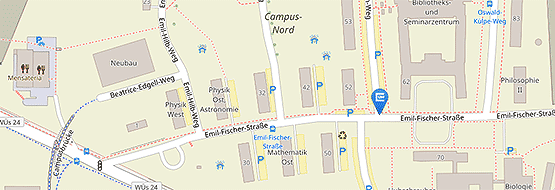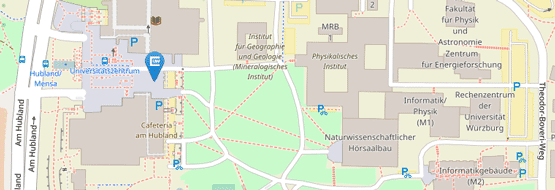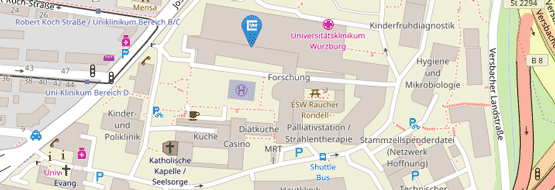Projects
Activation and evolution of Vγ9Vδ2 T cells and the physiological role of butyrophilins
Most T cells (conventional T cells) use their T cell antigen receptor (TCR) to recognize complexes of (foreign) peptides and the body's own cell surface molecules, the MHC class I and II molecules. Like most of the antibody-producing B cells, they are part of the adaptive immune system. Non-conventional T cells, on the other hand, build a bridge between the innate and adaptive immune systems. Their TCRs do not recognize pathogen-specific antigens, but disease-associated molecular patterns. We investigate the mechanisms of this antigen recognition, their evolution and the activation of such cells.
Non-conventional T cells include certain groups of T cells that carry an αβTCR like "conventional" T cells: e.g. MAIT cells and iNKT cells. These do not recognize peptide MHC complexes, but complexes of (glyco-)lipids or folic acid metabolites and MHC class I-like molecules (MR1 or CD1d). Other non-conventional T cells are γδ T cells, which carry a γδ TCR. They are phylogenetically the same age as B cells or αβ T cells and are found in almost all jaw vertebrates.
A special feature of many non-conventional T cells is that the use of certain TCR-V regions correlates with their cell function and localization in the body. They are therefore often named after the genes that encode these TCRs, such as the Vγ9Vδ2 T cells, whose TCR have Vγ9 and Vδ2 gene-encoded V regions and are the focus of our current studies.
Vg9Vδ2 T cells: evolution and antigen recognition
1-5% of T cells in the blood express a Vγ9Vδ2 TCR. These T cell antigen receptors recognize so-called phosphoantigens, which are phosphorylated metabolites of isoprenoid synthesis. Vγ9Vδ2 T cells eliminate tumor cells and expand up to 50% of blood T cells to infections with pathogens that produce the phosphoantigen HMBPP. Important HMBPP-producing pathogens are, for example, Plasmodium species (malaria pathogens) or mycobacteria (causative agents of tuberculosis and leprosy). Almost ten years ago, we showed that, in addition to the BTN3A1 gene, other genes on human chromosome 6 are essential for phosphoantigen-mediated activation. Later on, we have in collaboration with the Willcox group (Birmingham) the direct binding of the BTN2A1 protein to Vγ9-encoded regions of the Vγ9Vδ2 TCR.
The Vγ9Vδ2 T cells are not found in rodents. Therefore, there is no small animal model for their analysis. However, we were able to show that some non-primate species also possess Vγ9Vδ2 TCR and BTN3A genes and could directly detect PAg-reactive cells in alpaca, which have revealing similarities with the human system of phosphoantigen response. The comparison of BTNs and TCR from both species was crucial for our most recently published study, in which we expressed modified BTN3 genes in BTN3-deficient cells and looked at various features such as their ability to "present" phosphoantigens, the localization of BTN3 constructs in the cell, biochemical properties, formation of oligomers, and finally their interaction with the BTN2A1 molecule. From these results, we have developed a new model for the interaction of the BTN molecules in the phosphoantigen response developed (press release ).
Furthermore, the analyses of the mechanism of BTN3A1-mediated Vγ9Vδ2 T cell activation and the effect of modulators of isoprenoid synthesis such as clinically applied aminobisphosphonates, which serve the development of a Vγ9Vδ2 T cell-based tumor therapy, will be continued. Our most recent research subject is the modulation of the immune response by BTN(3) molecules where we apply our experience in the analysis of the molecular basis of phosphoantigens.






